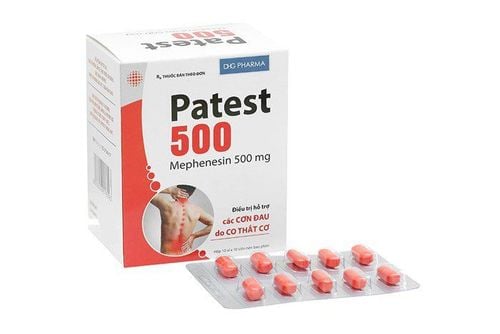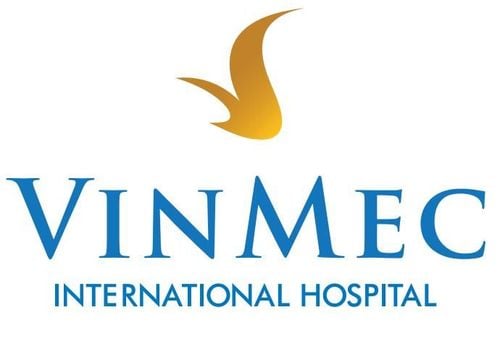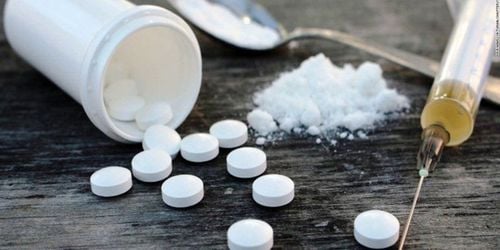This is an automatically translated article.
Childhood muscular dystrophy is an inherited disease involving several genetic mutations. For diseases with genetic factors that play a decisive role, most of the time the onset of the disease is quite young, mostly in school-age children and in some cases in infants.
1. What is Duchenne muscular dystrophy?
Duchenne muscular dystrophy is an inherited disease associated with several genetic mutations. The characteristic of the disease is that the muscles will gradually atrophy, leading to muscle function decline, weak movement, even paralysis of the diseased muscle group.
The disease that appears right after birth is called congenital muscular dystrophy. In some cases, the onset of the disease is in adolescence. Even if the disease appears at any time in life, it still needs to be treated because it greatly affects children's daily activities, slowing physical development and even paralysis.
The cause of muscular dystrophy is a mutation in the gene that regulates dystrophin - a protein involved in ensuring the integrity of the muscle spindle. The disease is common in boys, the age of onset is about 3 to 5 years old and progresses rapidly. If not treated promptly, children will lose mobility in adolescence, and in adulthood can develop paralysis of the respiratory muscles leading to respiratory failure and death.
The disease is common in the base of the extremities, starting from the lower extremities then progressing to the upper limbs, the muscles of the trunk and finally, the most dangerous, the respiratory muscles.
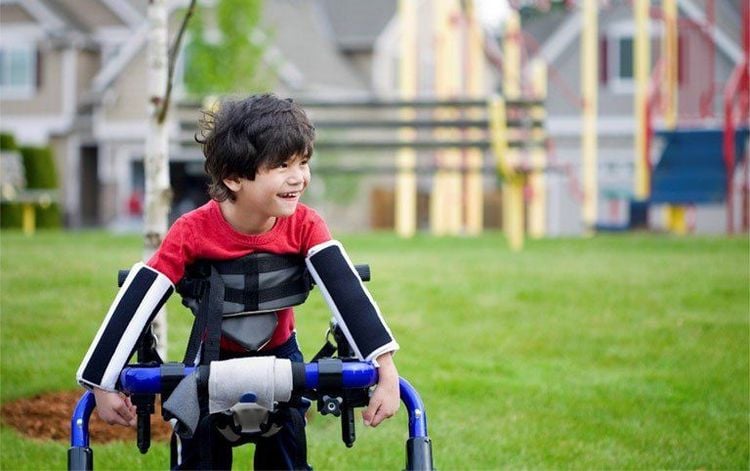
Loạn dưỡng cơ ở trẻ em là bệnh lý di truyền liên quan đến một số đột biến gen
2. Why is Duchenne muscular dystrophy common in children?
Childhood muscular dystrophy is an inherited disease involving several genetic mutations. For diseases with genetic factors that play a decisive role, the onset of the disease is usually quite young, mostly in school-age children. For example, asthma or atopic dermatitis are genetic diseases and early onset age, seen in children of preschool or primary school age.
Besides, when Duchenne muscular dystrophy was detected, two cases occurred.
Firstly, the disease is mild, the motor function of the muscle groups has not been affected much, so the prognosis is good and the treatment is completely cured, the child will be supported with movement and rehabilitation exercises. ability so that in adulthood will not have this disease again. In worse cases, the disease has many complications, impaired motor function of muscle groups, especially heart muscle group, leading to heart failure, respiratory muscle will lead to respiratory failure. These cases are usually fatal between 12 and 20 years of age, so the Duchenne muscular dystrophy study did not record adult cases.
3. Symptoms of Muscular Dystrophy in Children
In the early stages of the disease, the child will feel weak in the lower extremity muscle groups, walking on tiptoes and unsteady swaying gait. The child's spine is too flexed due to atrophy of the anterior muscle group and reduced traction function. Children will be limited in playing activities, running and jumping, parents may find that children often fall.
Later in the disease, there are symptoms of kyphosis, scoliosis, limb deformities, and spasticity of some muscle groups. In some cases, there will be hypertrophy in some large muscle groups, most commonly the calf muscles.
The disease will affect the heart muscle causing a number of cardiomyopathies such as dilated cardiomyopathy, hypertrophic cardiomyopathy, restrictive cardiomyopathy, arrhythmias. Affecting the respiratory muscle group leads to respiratory failure and the need for mechanical ventilation, which can even lead to death.
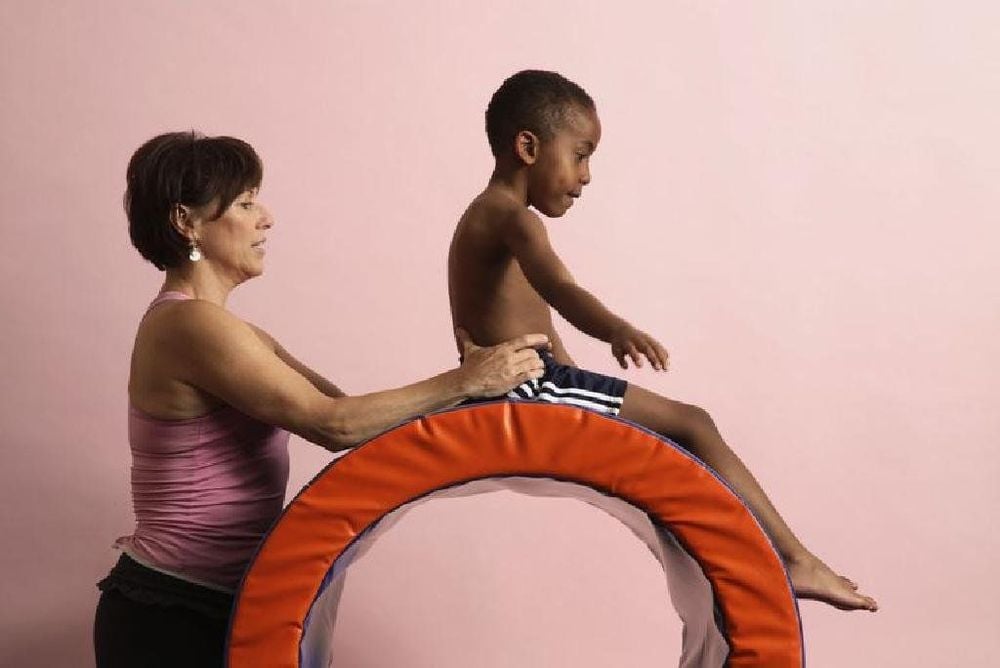
Loạn dưỡng cơ ở trẻ em là bệnh lý chưa có thuốc điều trị đặc hiệu
4. Diagnosis and treatment of Duchenne muscular dystrophy
To diagnose muscular dystrophy in children the doctor will use the following methods:
Genetic testing to look for chromosomal mutations. Prenatal genetic counseling through pedigree analysis, quantification of CK levels. Muscle biopsy and immunostaining. Electromyography to detect muscle weakness. Electrocardiogram, cardiac enzyme quantification, CK level. Echocardiography for the diagnosis of cardiomyopathies. The treatment is usually prednisone or deflazacort given daily to children over 5 years old to improve muscle tone and force of contraction. Limiting the progression of muscle atrophy, in addition, the drug also helps to improve heart function and increase survival rate
Supportive treatment, rehabilitation with physical therapies helps patients reduce pain and stiffness phenomenon. The patient's pain can also be relieved by some classes of pain relievers.
Orthopedic surgery to solve complications, restore the anatomical shape of the spine and limbs to help patients function as normally as possible.
If the patient has cardiovascular complications requiring antiarrhythmic drugs, appropriate surgical intervention. If the respiratory muscle group is affected causing respiratory failure, mechanical ventilation or assisted ventilation is required to ensure adequate oxygen supply to the brain.
Duchenne muscular dystrophy is a disease for which there is no specific treatment and it greatly affects the mental and motor development of children. Therefore, prenatal genetic counseling and pedigree analysis are needed for these children. couple with a family history of Duchenne muscular dystrophy. Early diagnosis and treatment will improve your child's health and lead to a normal life.
Please dial HOTLINE for more information or register for an appointment HERE. Download MyVinmec app to make appointments faster and to manage your bookings easily.




